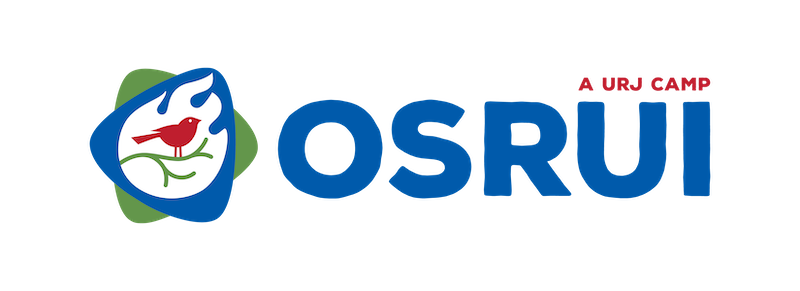By Rabbi Amy L. Memis-Foler, Temple Judea Mizpah, Skokie, IL, and Moshavah Segel
What is a “Mosh Tiyul?” Mosh is short for the unit at OSRUI we call Moshavah, a community of people settled together. Tiyul is the Hebrew word for trip. In Moshavah campers have the opportunity to leave camp for four days on one of four trips: canoeing, biking, hiking or rock climbing. I had the privilege of joining 22 campers and six counselors on the canoeing tiyul along the Wisconsin River. Our goal was to paddle over 40 miles, immerse ourselves in teva (nature), set up our own ohelim (tents), make our own meals and cooperate as a community as we build bonds and strengthen relationships.
Moshavah’s theme for Limud (study) this summer is Nevi’im, the section of the Bible we call Prophets. We’re learning about the kings and prophets of our tradition. One day during the tiyul I told a story about King Solomon, builder of the first Temple in Jerusalem. He also built a place where he could retreat and rest every now and then from his busy life as king. To get there he flew on the back of an eagle who took him to this retreat at a super speed. One day,
as he was flying on the eagle’s back, the sun beat hard on him and he was growing faint, concerned he might fall off of the large bird. Seeing he was in trouble, the king of the hoopoes called a group of birds to form a canopy over Solomon, providing him with shade on this journey. In return for their kindness, Solomon told the hoopoes that he would grant them any request, so long as all of them agreed. They decided to ask for gold crowns on their heads. Though concerned about this choice, Solomon granted their wish and told them that should they ever change their minds, they should come see him. At first the hoopoes loved their new gold crowns and would fly low over rivers and other bodies of water admiring their reflections. But soon they were hunted for these valuable crowns. The king hoopoe went back to Solomon, who was not surprised to hear about the trouble. Solomon thus replaced the gold crowns with beautiful crests of feathers. The hunters stopped seeking the hoopoes, and these beautiful birds, happy with their new feathers thrived, as they do today in the Land of Israel.
There are several connections from this story that we can make to our canoe tiyul. While we did not see hoopoes on our journey, we spotted several bald eagles, blue herons, hawks and other birds. The weather, much of the time, was without a cloud in the sky. We didn’t have a canopy of birds to shade us, so we needed to cover our heads with hats/bandanas to protect us from the strong sun. Originally the hoopoes decided on crowns of gold, but when it put them in danger, they changed their minds. As we paddled down the Wisconsin River, if we were heading toward a monstrosity of tree branches hanging off the shore of the river, the person in the back was able to steer the canoe away from danger. Or if it was too late and we hit a sandbar, we got out of the canoes, walked the boat to better place, thereby changing direction.
A lesson from this Solomon story that we can all learn, whether or not we’re paddling down a river, is that if we make decisions not in our best interest, like the hoopoes, we can make better, more fitting choices that will lead us in the right direction.
